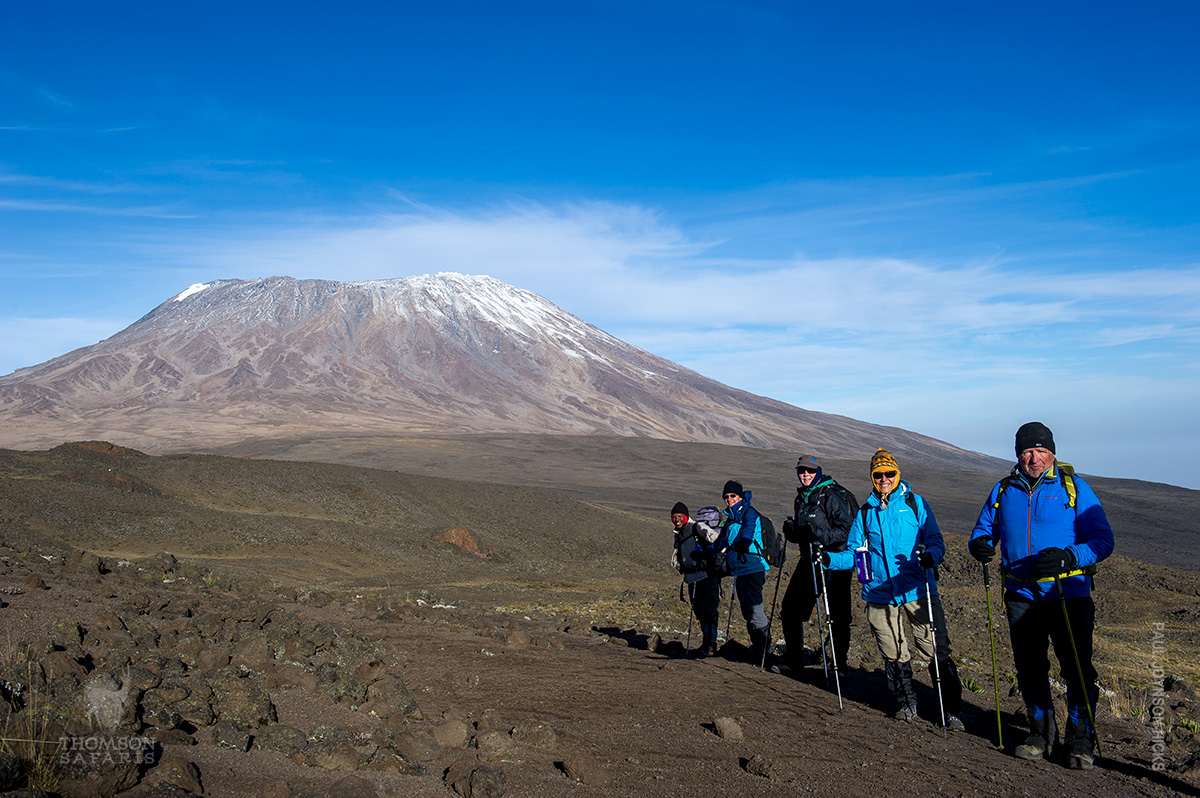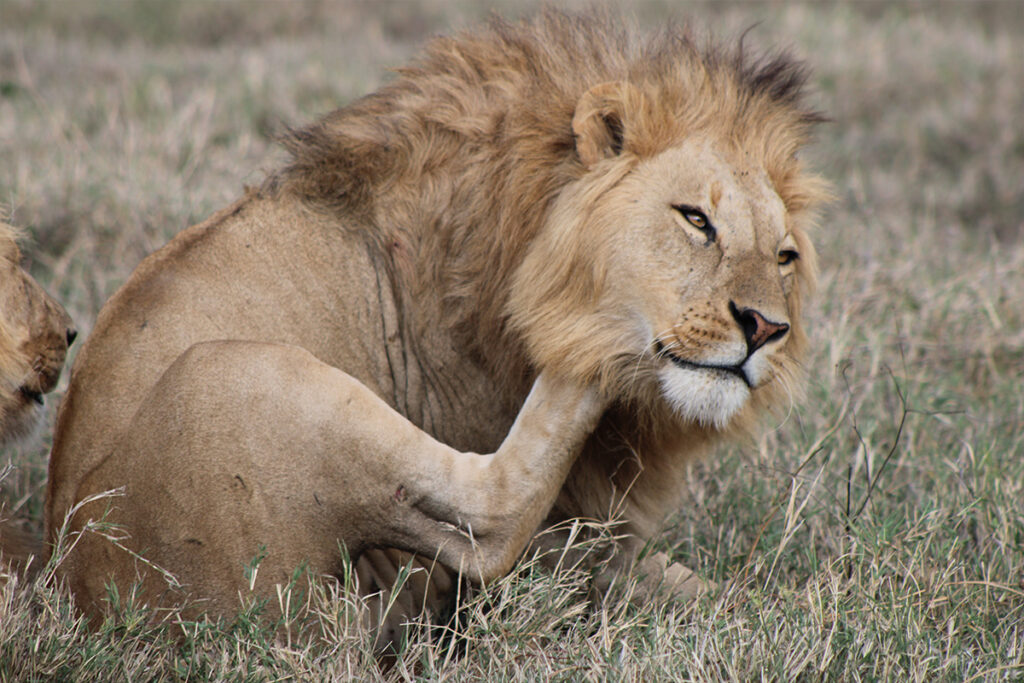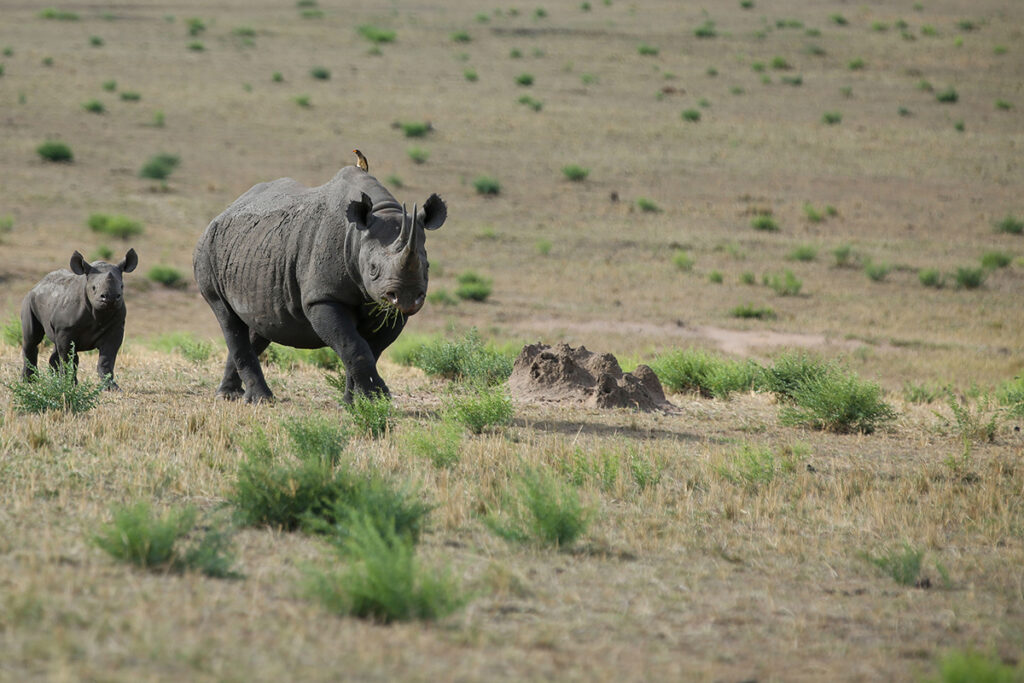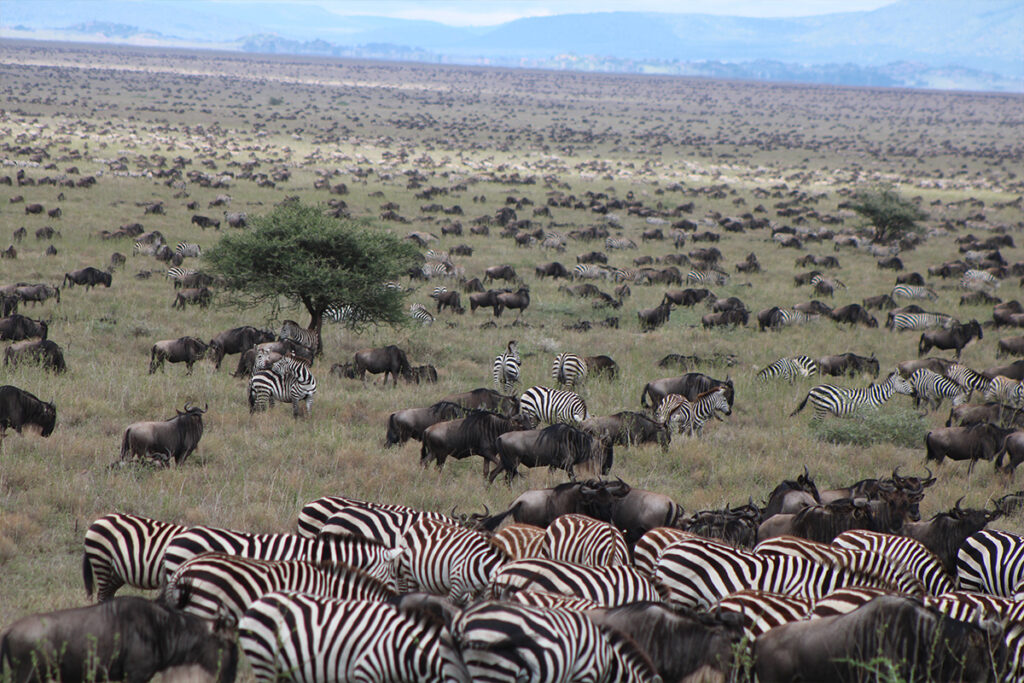In the realm of mountain adventure, only some landscapes bridge extremes with such a delicate balance as The Saddle on Mount Kilimanjaro. Stretching between the majestic peaks of Kibo and Mawenzi, this expansive ridge offers climbers an unparalleled view that detours from the typical ascent. Often cloaked in a mystic blanket of clouds, traversing The Saddle becomes an experience that tantalizes the spirit of discovery.
The Saddle is not just a beautiful expanse; it is a geological formation of immense historical and ecological significance. Formed from millennia-old volcanic activity, it spans over 5 kilometers, linking the twin giants of Kilimanjaro’s peak. With its harsh winds and barren terrain, The Saddle serves as a formidable gateway to the lower reaches of the summit—transforming every journey into an exhilarating quest that is recorded in every explorer’s log.
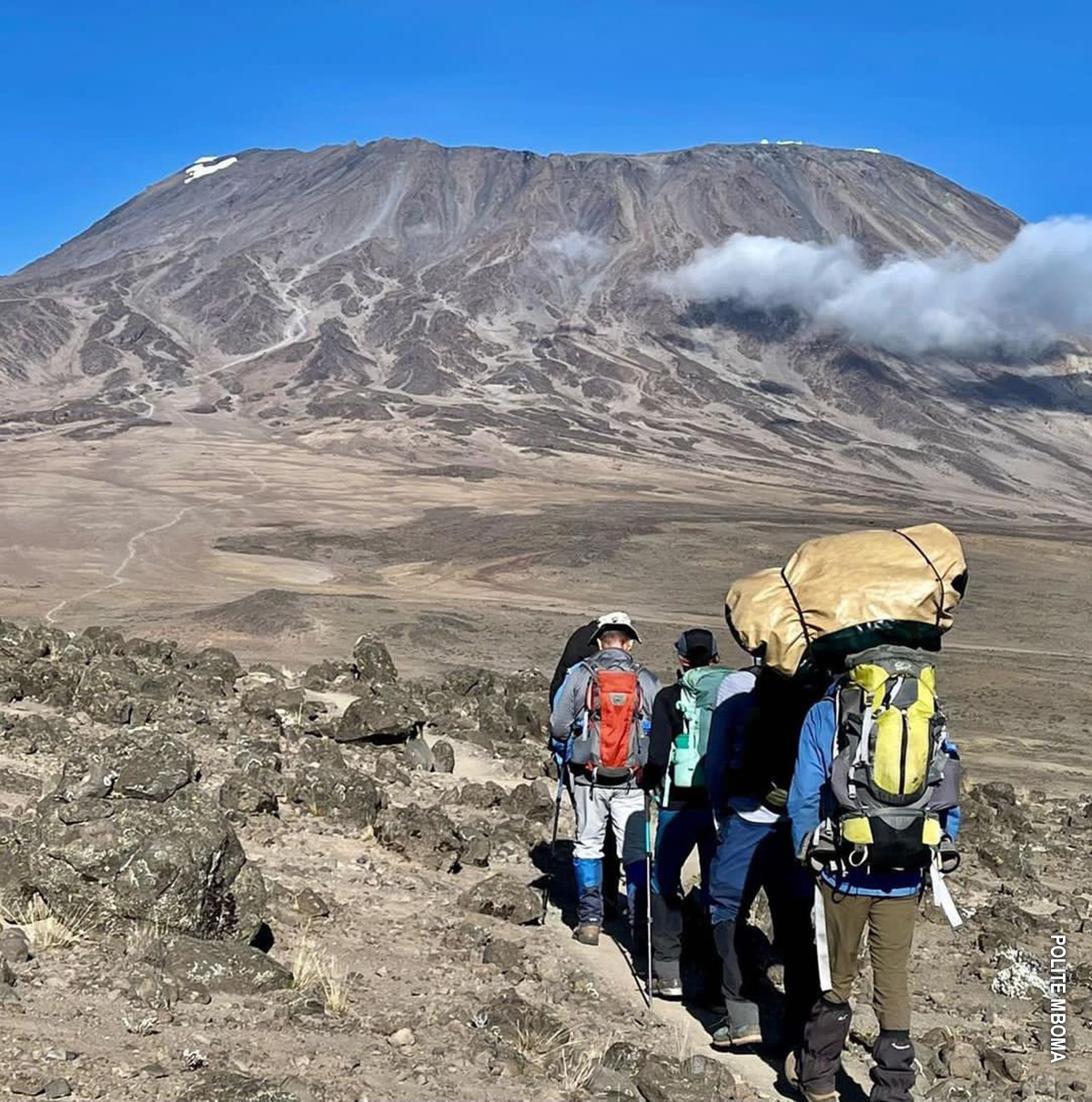
The Saddle: A Unique Kilimanjaro Experience
The Saddle on Mount Kilimanjaro is a magnificent stretch connecting two towering peaks. This expansive plateau lies between Kibo and Mawenzi. It offers a stark, lunar-like landscape that is both awe-inspiring and challenging. Hikers traverse a sea of volcanic ash and rock, creating an experience unlike any other on the mountain. The sheer openness and the vast skies make it a captivating part of the climb.
This part of Kilimanjaro presents a unique ecological zone. It’s home to specialized flora and fauna that withstand its harsh environment. Unlike the lush forests at lower altitudes, vegetation here includes hardy plants like Helichrysum. These plants have adapted to survive the cold and windy conditions. Such resilience is truly remarkable amidst the rugged terrain.
For many climbers, The Saddle is one of the tougher parts of the journey. Due to its high altitude, oxygen levels drop, making breathing more difficult. Extreme temperatures test the endurance of even seasoned trekkers. With the right preparation, though, tackling this section can feel like a monumental achievement. It’s where physical challenge meets mental grit on the path to the summit.
Climbers on The Saddle are treated to breathtaking views that stretch for miles. The vastness allows for remarkable photographic moments. Many pause to capture the dramatic lighting and shadows cast across the landscape. With clear skies, it’s sometimes possible to see distant cities shimmering below. From amateur photographers to pros, everyone finds something memorable to frame.
Kilimanjaro – Hiking the Saddle
Exploring the Geographical Significance of The Saddle
The Saddle on Mount Kilimanjaro is a vast plateau connecting Kibo and Mawenzi. This area is unique because it is shaped by ancient volcanic activity. The volcanic ash and solidified lava give it a stark, almost moon-like appearance. Hikers crossing The Saddle feel the majesty of Earth’s powerful geological forces. This natural formation witnesses immense historical significance.
Due to its elevation, The Saddle sits at approximately 14,500 feet above sea level. This makes it one of the highest plateaus globally. The altitude results in lower oxygen levels, creating a challenging environment for both climbers and wildlife. The harsh conditions also limit the plant species that can thrive here. Yet, the few that do are specially adapted to survive.
Geologically, The Saddle serves as a textbook example of volcanic landforms. It is a natural laboratory for studying Earth’s geological processes. It offers insights into the dynamic history of the region. Scientists can examine the materials and formations left behind by ancient eruptions. This helps us understand more about the mountain’s evolution.
Visually, The Saddle offers panoramic views that are both stunning and intimidating. On a clear day, you can see across vast distances, absorbing the grandeur of Kilimanjaro’s peaks. Photographers and nature enthusiasts find it an excellent spot for capturing breathtaking landscapes. The harsh beauty of The Saddle makes it a highlight of the climb. It’s a place where natural history and scenic wonder intersect.
Unique Flora and Fauna Around The Saddle
In the harsh environment of The Saddle, only the most resilient plants and animals can thrive. The flora here includes hardy species like the everlasting flower, Helichrysum. These plants manage to survive in conditions with low water and high winds. They are adapted to withstand the intense sun during the day and freezing temperatures at night. Such adaptations make them a testament to nature’s ingenuity.
Animals found around The Saddle are just as extraordinary as the plants. Small mammals like shrews and a few species of insects are adapted to this high-altitude habitat. These creatures have evolved to conserve energy while efficiently surviving on limited resources. Migration patterns may bring occasional larger animals, but permanent residents are rare. This selective habitat poses both challenges and opportunities for wildlife enthusiasts.
Bird species also show remarkable adaptability in The Saddle region. Alpine chats and lammergeiers are some birds that can be spotted in this area. They have specialized behaviors and diets that enable them to thrive in such an extreme environment. Their presence adds a dynamic element to the otherwise barren landscape. Observing these birds showcases the rich biodiversity amid challenging conditions.
The plant and animal species observed at The Saddle form a unique ecosystem. This area highlights the delicate balance of life, with each organism playing a vital role. The interactions between these species contribute to the overall functioning of their environment. Understanding these connections helps researchers appreciate the complexities of mountain ecology. It paints a fascinating picture of survival at high altitudes.
Challenges and Thrills of Hiking The Saddle Route
Hiking The Saddle on Mount Kilimanjaro is not just a walk in the park. This route is known for its high altitude, which means less oxygen available for breathing. Hikers often experience altitude sickness, which can feel like a bad headache and dizziness. The extreme temperature changes add another layer of difficulty. Despite these challenges, reaching the peak fills climbers with a sense of accomplishment.
The terrain itself poses its own set of hurdles. Made up of volcanic ash and rocks, the ground can be uneven and slippery. As the weather changes quickly, rain or snow may further complicate the hike. Hikers must watch their step carefully to avoid injuries or accidents. Each step requires focus and patience as they move toward their goal.
Despite these difficulties, the thrill is undeniable. The expansive views, stretching as far as the eye can see, are breathtaking. It feels as if the world is laid out at your feet. Those brave enough to tackle this route often speak of the immense satisfaction it brings. Every effort and breath becomes worth the incredible reward at the top.
Preparation is key to conquering The Saddle route. Hikers should carry all necessary gear, including sturdy boots and weather-appropriate clothing. Staying hydrated and maintaining energy levels through nutritious snacks is vital. A guided tour can provide valuable insights and support along the way. Proper planning ensures that hikers focus on the beauty of the journey rather than the difficulties it presents.
A unique aspect of this route is the camaraderie among hikers. People from around the world come to share this adventure together. They exchange stories, support each other, and celebrate milestones as a group. This shared experience often leads to lasting friendships. It’s a reminder that, sometimes, the journey means more than the destination itself.
Photographic Opportunities and Scenic Views
For photographers, The Saddle on Mount Kilimanjaro is a treasure trove of sights. The high altitude offers sweeping views of the rugged landscape. Early mornings provide dramatic scenes as the rising sun casts long shadows across the terrain. As the day progresses, the play of light and shadow creates endless photo opportunities. Each moment presents a new angle to capture.
The views aren’t just limited to the landscape. The Saddle also provides incredible vista points of the neighboring peaks, Kibo and Mawenzi. Both mountains boast their own unique sculptural beauty. During clear conditions, hikers are met with an unobstructed view of these magnificent formations. It’s moments like these that make carrying a camera worthwhile.
Cloud patterns over The Saddle add another layer of intrigue. Their constant movement paints dynamic pictures in the sky. Sometimes they wrap around the peaks, adding a mystical touch to your shots. Observing these cloud formations is fascinating, but capturing them on film is even more rewarding. Stunning, cloud-filled backgrounds enhance photo compositions effortlessly.
For those interested in wildlife photography, the unique flora and fauna around The Saddle create new opportunities. Even in a harsh environment, resilient plants and occasional animal sightings provide subjects for creative shots. Capturing these elements showcases the remarkable life flourishing at high altitudes. Patience and timing are key to photographing these fascinating scenes. This adds another challenge and thrill for photographers.
- Bring enough batteries and memory cards.
- Use a wide-angle lens for landscapes.
- Include people for scale.
- Shoot during different times for varied lighting effects.
The breathtaking views combined with the challenge of high-altitude photography make The Saddle a captivating destination for both amateur and professional photographers. Whether it’s the sprawling landscapes, looming peaks, or the adventurous spirit captured in each shot, The Saddle guarantees an unforgettable experience. This high-altitude landscape is a fantastic gallery of natural wonders waiting to be framed.
Key Takeaways
- The Saddle links Kilimanjaro’s Kibo and Mawenzi peaks.
- This plateau features volcanic terrain and thin air challenges.
- Stunning panoramic views await adventurous trekkers.
- Rare flora thrives in The Saddle’s harsh conditions.
- Ideal for expert hikers seeking unique photographic opportunities.
